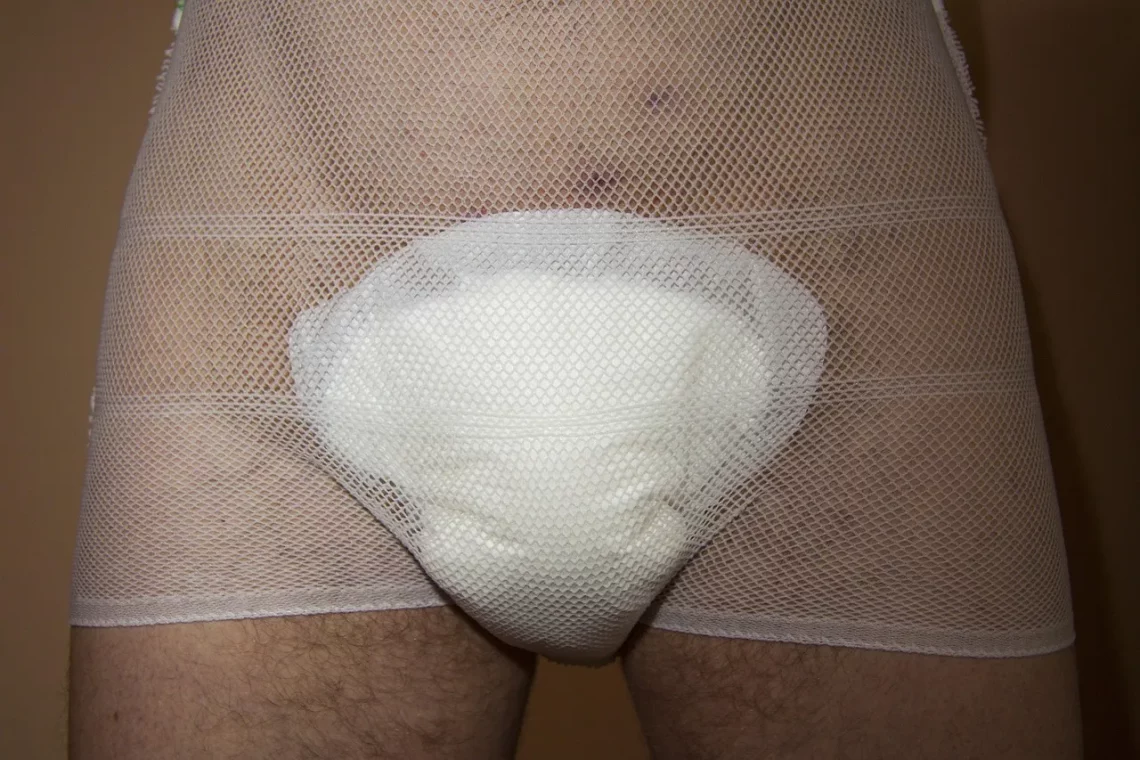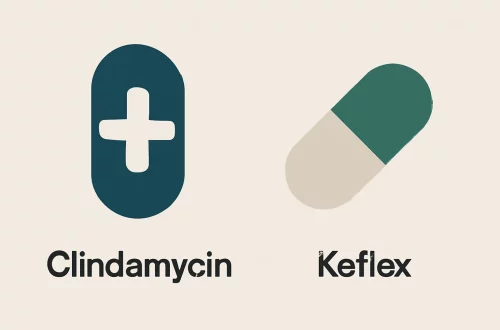
Understanding Reflex Incontinence: Causes, Symptoms, and Treatments
Understanding reflex incontinence is crucial for those affected by this condition, as it involves the involuntary loss of urine due to an unexpected triggering of the bladder’s contraction reflex. This type of incontinence can significantly impact a person’s quality of life, leading to embarrassment and social withdrawal. Various factors can contribute to reflex incontinence, ranging from neurological disorders to physical injuries. Understanding the underlying causes is essential for effective management and treatment.
The social stigma associated with incontinence often leads to a lack of open discussion about the condition. Many individuals suffer in silence, not realizing that they are not alone and that there are effective treatments available. By shedding light on the symptoms, causes, and potential treatments for reflex incontinence, we can help individuals better understand their condition and encourage them to seek the help they need. This article aims to provide a comprehensive overview of reflex incontinence, helping to demystify the condition and empower those affected.
Causes of Reflex Incontinence
Reflex incontinence can arise from a variety of underlying causes, often linked to disruptions in the normal function of the nervous system. One of the most common causes is neurological disorders, such as multiple sclerosis or spinal cord injuries. These conditions can interfere with the communication between the brain and bladder, leading to involuntary contractions that result in urine leakage.
Additionally, individuals who have experienced strokes may also develop reflex incontinence due to impaired signals between the bladder and the brain. The damage to specific areas of the brain can disrupt the normal coordination required for bladder control, causing the bladder to contract unexpectedly.
Another significant factor contributing to reflex incontinence is pelvic floor dysfunction. This can occur due to a variety of reasons, including childbirth, aging, or obesity, which can weaken the muscles that support the bladder. When the pelvic floor muscles are compromised, they may not provide adequate support, leading to involuntary leakage.
Certain medications can also play a role in triggering reflex incontinence. Drugs that affect the nervous system or muscle function can disrupt the delicate balance required for bladder control. Individuals taking such medications should consult with their healthcare provider to discuss potential side effects and alternative options.
Lastly, urinary tract infections (UTIs) can sometimes lead to temporary reflex incontinence. Infections can irritate the bladder and cause it to contract more frequently, leading to involuntary leakage. While this is usually a temporary situation, recurrent UTIs can cause ongoing issues if not properly addressed.
Recognizing the Symptoms
Identifying the symptoms of reflex incontinence is crucial for timely intervention and management. The primary symptom is the involuntary loss of urine, which can occur unexpectedly and without warning. This can happen during activities such as coughing, sneezing, laughing, or even during physical exertion.
Individuals may also experience a strong urge to urinate that comes on suddenly, making it difficult to reach the restroom in time. This feeling of urgency can be distressing and may contribute to anxiety or embarrassment in social situations.
In addition to these primary symptoms, some individuals may notice changes in the frequency of urination. This can manifest as needing to urinate more frequently, even at night, leading to disturbed sleep patterns. The cumulative effect of these symptoms can significantly impact daily life, contributing to a sense of isolation or reduced participation in social activities.
It is also essential to consider the emotional toll that reflex incontinence can take on individuals. Many people experience feelings of shame or frustration, which can lead to a reluctance to seek help or talk about their condition. This emotional aspect is just as important as the physical symptoms and should be addressed as part of a comprehensive treatment plan.
If you or someone you know is experiencing these symptoms, it is vital to consult a healthcare professional for an accurate diagnosis and appropriate management. Early intervention can lead to better outcomes and improved quality of life.
Treatment Options for Reflex Incontinence
When it comes to treating reflex incontinence, a variety of options are available, tailored to the individual’s specific needs and the underlying causes of their condition. A multidisciplinary approach often yields the best results, combining medical, behavioral, and lifestyle changes.
One common treatment option is pelvic floor exercises, also known as Kegel exercises. These exercises focus on strengthening the muscles of the pelvic floor, helping to improve bladder control and reduce involuntary leakage. A trained physical therapist can provide guidance on proper techniques and create a personalized exercise regimen.
Medications can also play a role in managing reflex incontinence. Anticholinergic drugs, for instance, can help reduce bladder spasms and increase bladder capacity. However, it’s essential to consult with a healthcare provider to determine the most appropriate medication, as some may have side effects or interactions with other medications.
For individuals with more severe cases, medical devices such as urinary catheters or external collection devices may be recommended. These can provide a practical solution for managing incontinence and maintaining quality of life.
In some instances, surgical interventions may be considered. Procedures like bladder augmentation or the implantation of a neuromodulation device can help improve bladder function in patients with severe symptoms. These options typically require thorough evaluation and discussion with a specialist to determine the most suitable approach.
Additionally, lifestyle modifications can greatly impact the management of reflex incontinence. These may include fluid management, dietary changes, and bladder training techniques. Keeping a bladder diary can also help individuals identify patterns and triggers, leading to more effective management strategies.
Ultimately, the most effective treatment plan will vary from person to person and should be developed in collaboration with healthcare professionals. Empowering individuals with knowledge and support can lead to significant improvements in their quality of life.
Living with Reflex Incontinence
Living with reflex incontinence can be challenging, but there are strategies that can help individuals manage their condition and maintain a fulfilling life. First and foremost, education is crucial. Understanding the condition, its causes, and treatment options can help individuals feel more in control and less isolated.
Support groups can also provide invaluable resources. Connecting with others who are experiencing similar challenges can foster a sense of community and reduce feelings of shame or embarrassment. Many individuals find comfort in sharing their experiences and learning from one another’s coping strategies.
Additionally, open communication with family and friends can help create a supportive environment. Discussing the condition with loved ones can alleviate some of the emotional burden and encourage understanding and empathy. It’s important to remember that reflex incontinence is a medical condition, and those affected should not feel ashamed to seek support.
Implementing practical strategies can also make daily life easier. Wearing absorbent undergarments can provide confidence and security when going out. Planning ahead for restroom access, knowing the location of facilities, and timing fluid intake can also help manage symptoms throughout the day.
Lastly, focusing on overall health and wellness can have a positive impact. Engaging in regular physical activity, maintaining a healthy diet, and managing stress can contribute to better bladder health and overall quality of life.
By taking proactive steps and seeking support, individuals with reflex incontinence can lead fulfilling lives and participate actively in their communities.
**Disclaimer:** This article is for informational purposes only and does not constitute medical advice. For any health-related issues or concerns, it is essential to consult a healthcare professional for appropriate guidance and treatment.




